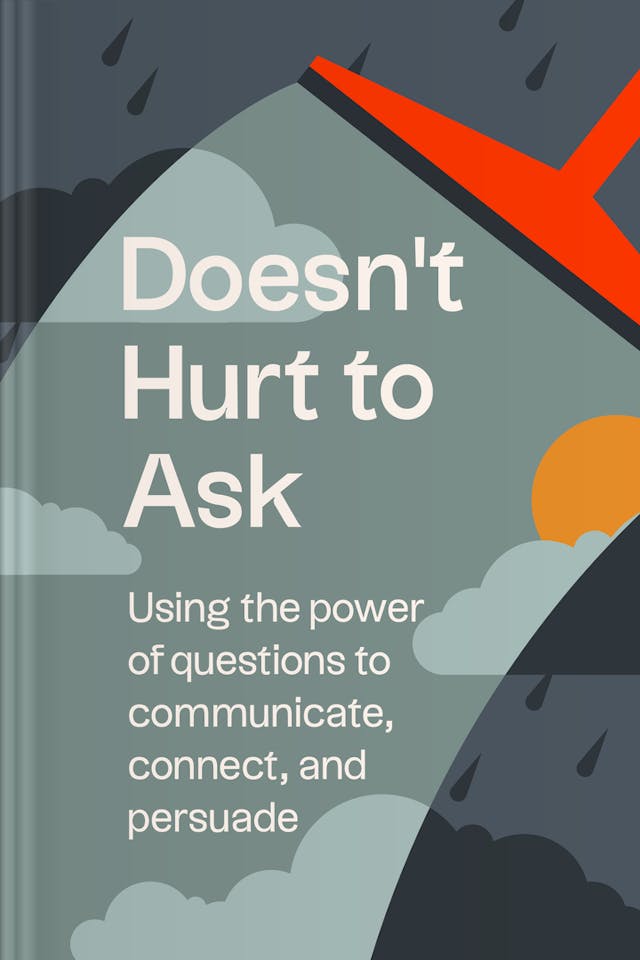You’ll learn
- How to harness active listening
- Main emotional triggers in conversations
- About silence as a strategic tool
- How to structure arguments to build trust
russia has launched a full-scale war in Ukraine. Donate to support Ukraine and protect the world’s peace.

first KEY POINT
Persuasion is all about making people see things from your perspective. We’re all humans and, for very good reasons, we almost always see things from different — often conflicting — perspectives, hence the need for persuasion. When you think about it, you’ll find that persuasion happens in our lives daily. We’re either persuading others or being persuaded ourselves.Most of our daily interactions are persuasive. Convincing your boss about why you deserve a raise takes persuasion. Getting your kids to bed early is another form of persuasion. Convincing your spouse about why a vacation in Dubai is better than one in your home country when they don’t like the idea of traveling takes persuasion. And on and on. If persuasion is such an important skill, why then do most people seem to fail at it? On a general note, we are better at persuasion when it involves friends and family because we know them inside out; we know the thing that makes them tick and so we can tailor our words to strike them properly.
How do effective communicators do it? Is there a magic formula for the art of persuasion? You bet! Persuasion is a skill, and there are underlying principles that every effective persuader is using consciously or subconsciously. You’ve applied many of these principles yourself at certain points. We all have, but the difference between an expert persuader and one that only lucks out once in a while is that the experts know the rule of the game.Lawyers are about the most persuasive people on Earth because it’s what they do every day. How do you feel about learning trade secrets from a former congressman and prosecutor? Sounds exciting? In this summary, you’ll be learning the persuasion tactics Trey Gowdy learned and used in the course of his career as a lawyer and lawmaker. Let’s proceed.
second KEY POINT
If you can’t be persuaded, how do you expect to persuade others? There’s a level of open-mindedness that makes persuasion possible and all parties involved need to have this trait. Contrary to popular opinion, persuasion has little to do with convincing people to make 360° changes while you remain unchanged. It happens, but that’s only the exception, not the norm.Persuasion usually ends in both parties reaching a common ground for mutual benefit. The mutual benefit part is particularly important. Let’s imagine you’re trying to get your teenager to return home early. Just telling him to come home early because you want him to might not work. But if you find a reason that resonates with him, then you’ll find quick success. For example, if he has a test the next day, you could use that fact to push your point. He’d see the need for coming home early to rest well before the test, and in turn, you’ll have peace of mind. It’s a win-win situation.

Continue reading with Headway app
Continue readingfirst KEY POINT
second KEY POINT
third KEY POINT
fourth KEY POINT